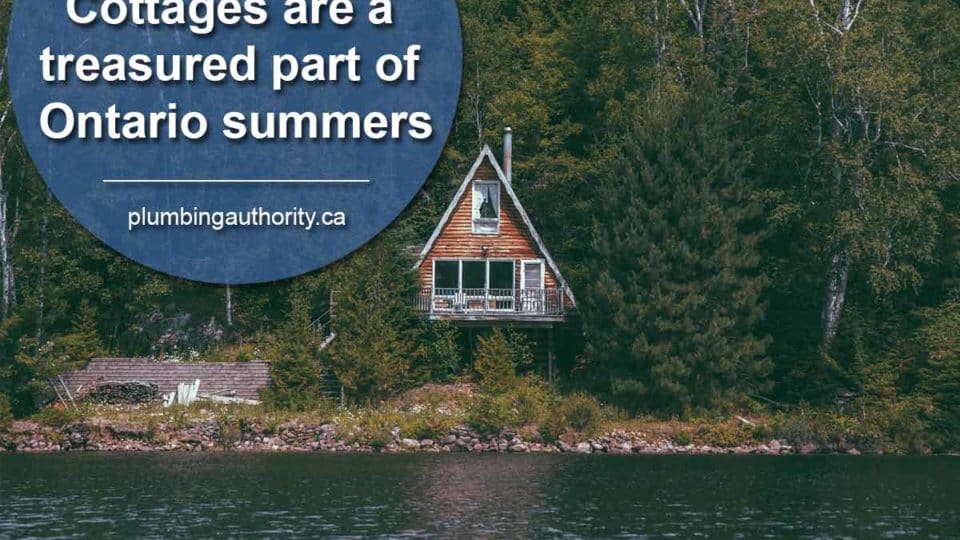
For urban dwellers, a trip to cottage country is the perfect way to unwind and recharge. However, a cottage requires conscientious upkeep, and some tasks may seem baffling to the uninitiated. Fortunately, while plumbing in the country may initially seem more complicated, modern technology has evolved to make it simpler than ever to get “back to nature.” With new plumbing innovations on the market each year, it pays off to consider your options beforehand, particularly if you’re purchasing a new property.

While many cottage-related plumbing problems are similar to those faced in the city, the unpredictability of the natural habitat makes these issues more prevalent. The environment also means that repairs may be more time-consuming, requiring increased caution to avoid damaging flora and fauna. Regardless of the nature of your problem, awareness and simple preventative tactics can fend off challenges before they arise.
Common Cottage-Country Plumbing Challenges
There are several universal challenges for cottage living. By evaluating the risk-factors upon arrival, you’ll know which issues might arise.
*Tree roots – Roots are a common cause of clogged drains. The closer a cottage is to a forested area, the higher the risk of root-related complications. Tree roots can damage septic tanks, and they can dislodge an outhouse. Since a punctured holding tank is a grave environmental hazard (with associated health risks), inspect the tank at the start of each season — this will help you detect any encroaching roots that need to be addressed.
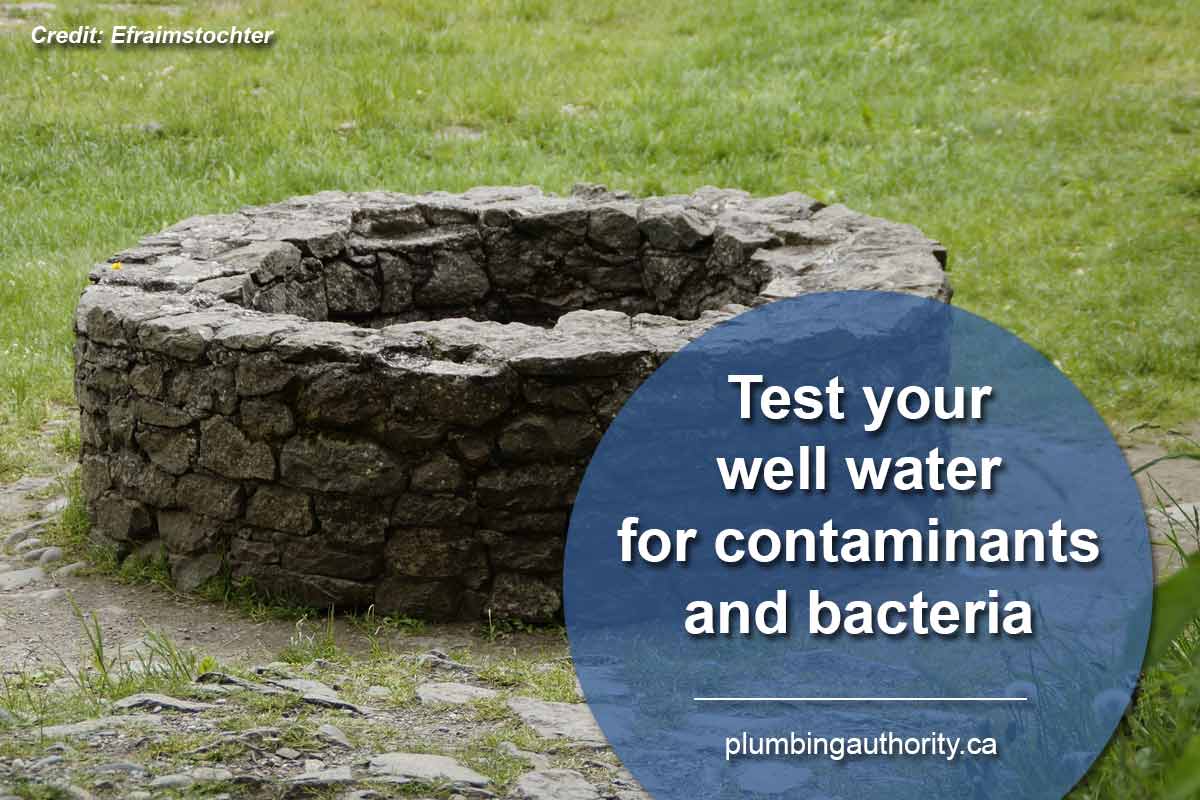
*Water quality – Cottages that use a pump to access lake water will need to bring in potable water for each visit. Make sure that guests or children are informed of the risks of drinking untreated lake water. If your cottage has access to running water, find out whether you’ll be dealing with hard water. Hard water can lead to drain clogs due to the accumulation of lime deposits.
If your property gets water from a well, make sure to check water quality upon arrival. Bacteria in well water can cause illness, so it’s vital to check it several times a year. Rest assured that both hard water and well water can be safely treated to prevent problems.
*Pipe vulnerability – External pipes at a cottage are susceptible to damage from tree branches, which are commonly felled during winter storms. Pruning and trimming can help reduce this risk, particularly before departing at the end of the season. When closing the cabin, be sure to turn off all pipes, making sure lines are completely drained.
*Slow drains – This issue can be created by hard water, sediment, debris from lake water, or external elements. When your cottage was built, vents should have been installed for each pipe fixture. Sometimes these vents can be blocked by a bird’s nest or even rodents’ nests. If it’s an issue with the trap under your sink, keep in mind that metal traps (commonly found in older cottages) do not have a clean-out plug.
In some cases, gunk under the sink can be dislodged using a long bottle brush. Do not use chemical de-cloggers. They contain toxic chemicals that are a serious environmental risk, and can kill all the “good” bacteria in your septic tank — and can even cause permanent damage to the tank. If you’re unable to unclog a drain manually, contact a plumber to solve the problem without damaging your pipes.
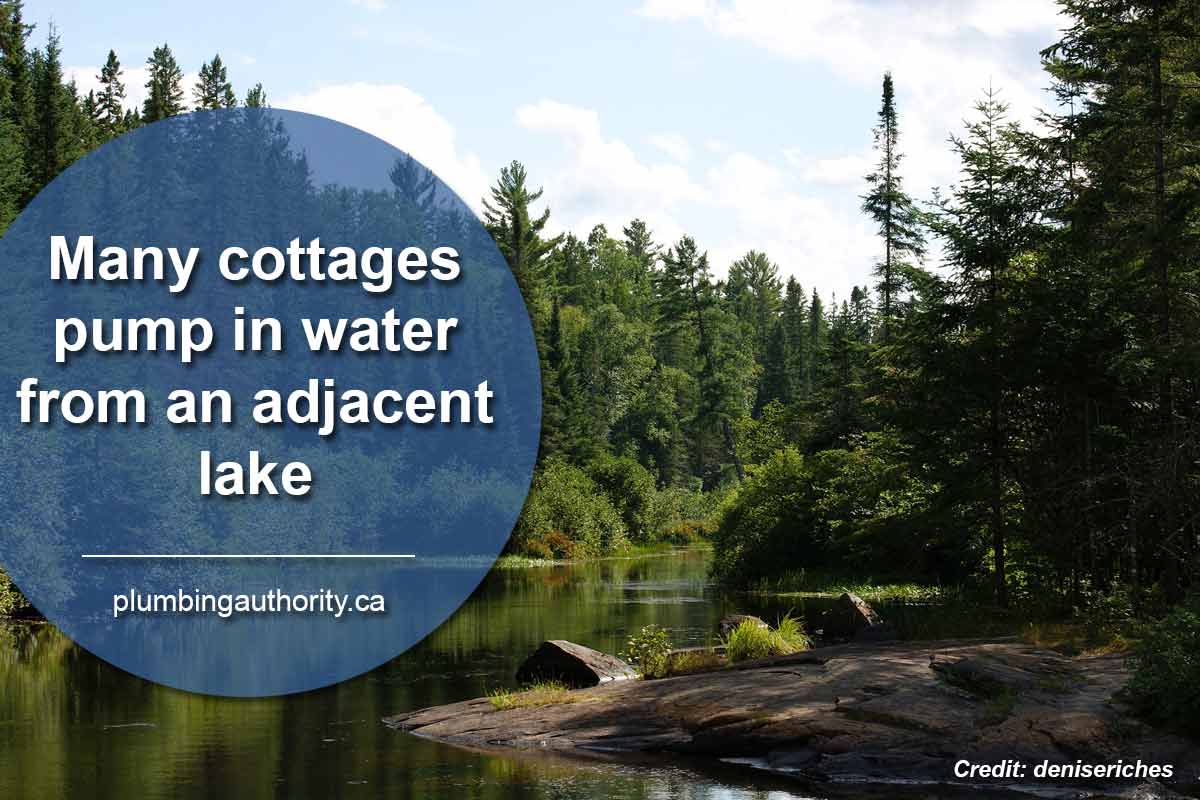
*A leaking intake line – If you use a pump to bring in lake water, you’ll need to do a thorough check of your system at the start of each system. If this is your first summer at a property, be sure to consult an expert to familiarize yourself with common risk factors, and to make sure your pump is operating efficiently.
When dealing with pumps, one common problem is a punctured (or ill-fitted) intake line. The first sign of a problem is likely to be bursts of air coming from a faucet, before the flow of water. This means your system is sucking in air somewhere along the line, between the lake and the pump. Check the fittings between your pump and foot valve, since this is a common location of leaks. If this area looks secure, then the leak may be on the line itself. Look for abrasions or marks that might indicate damage. If you’re unable to locate the source of a leak, contact an expert for a detailed inspection.
Cottage Country Toilet Systems
For first-time cottagers, unfamiliar bathroom arrangements can initially be a shock. However, care and maintenance go a long way toward enhancing comfort. If you’re building a new property, it pays off to do your research before choosing a toileting system. Be sure to look into local guidelines before proceeding, since even the most straightforward system must adhere to health and safety regulations.
Cottages that are not connected to local sewage lines will typically have one of the following three systems.
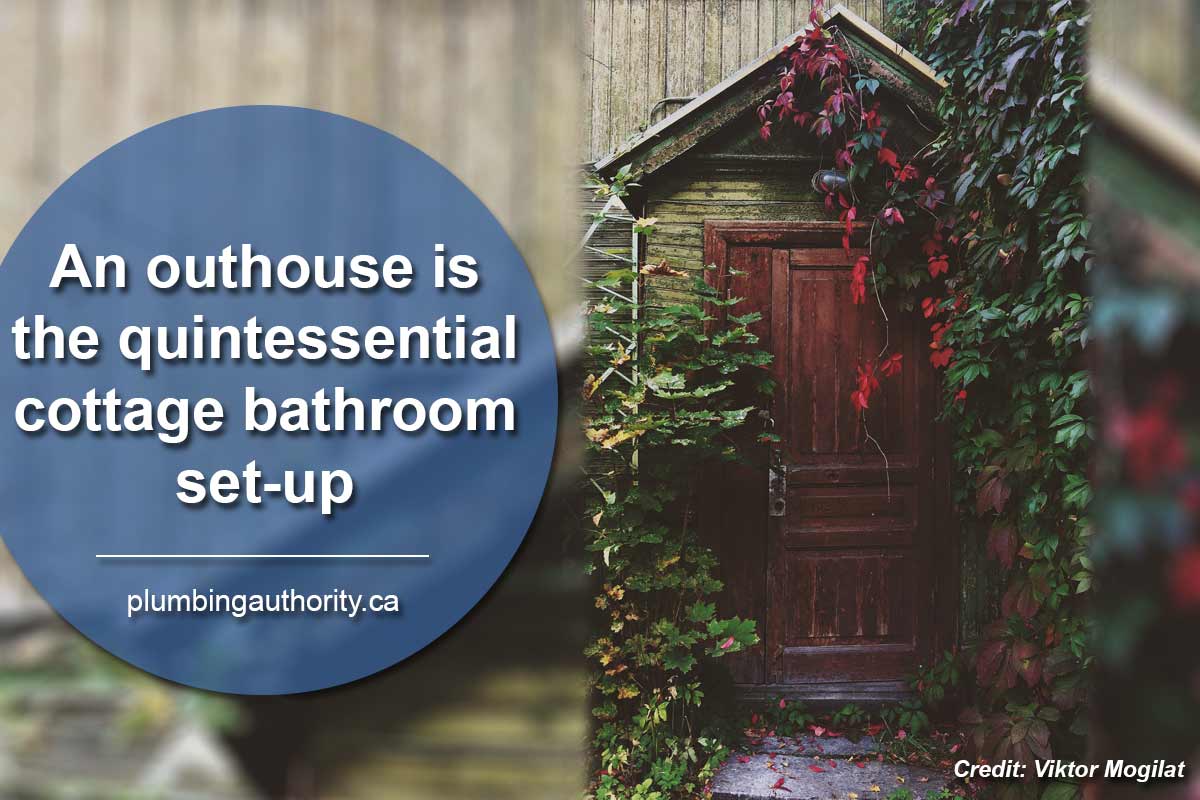
1. An Outhouse
There’s no better way to get back to nature. This system has a wide range of benefits.
*Easy to install – Even a novice cottager can handle this task, with help from a friend or two. Be sure to provide adequate ventilation from the waste pit during installation.
*Environmentally friendly – An outhouse allows waste to biodegrade naturally, making it an easy “green” option. If cottagers are careful not to let any inorganic products into the waste pit, it should come to resemble natural fertilizer over the course of the off-season.
*Private – Since many Ontario cottages require that visitors live in close quarters, the bathroom area may be close to a living space. The chance to enjoy a little peace and quiet can be a significant “plus” of an outhouse visit!
An outhouse does have its downsides. Even a well-ventilated toilet will be susceptible to odour, which can be off-putting to sensitive visitors. As well, it entails exposure to the elements, which makes bathroom trips during a rainstorm daunting. Finally, no outhouse will be free of those pesky mosquitoes! That said, many cottagers consider these factors to be offset by an outhouse’s ecological benefits.
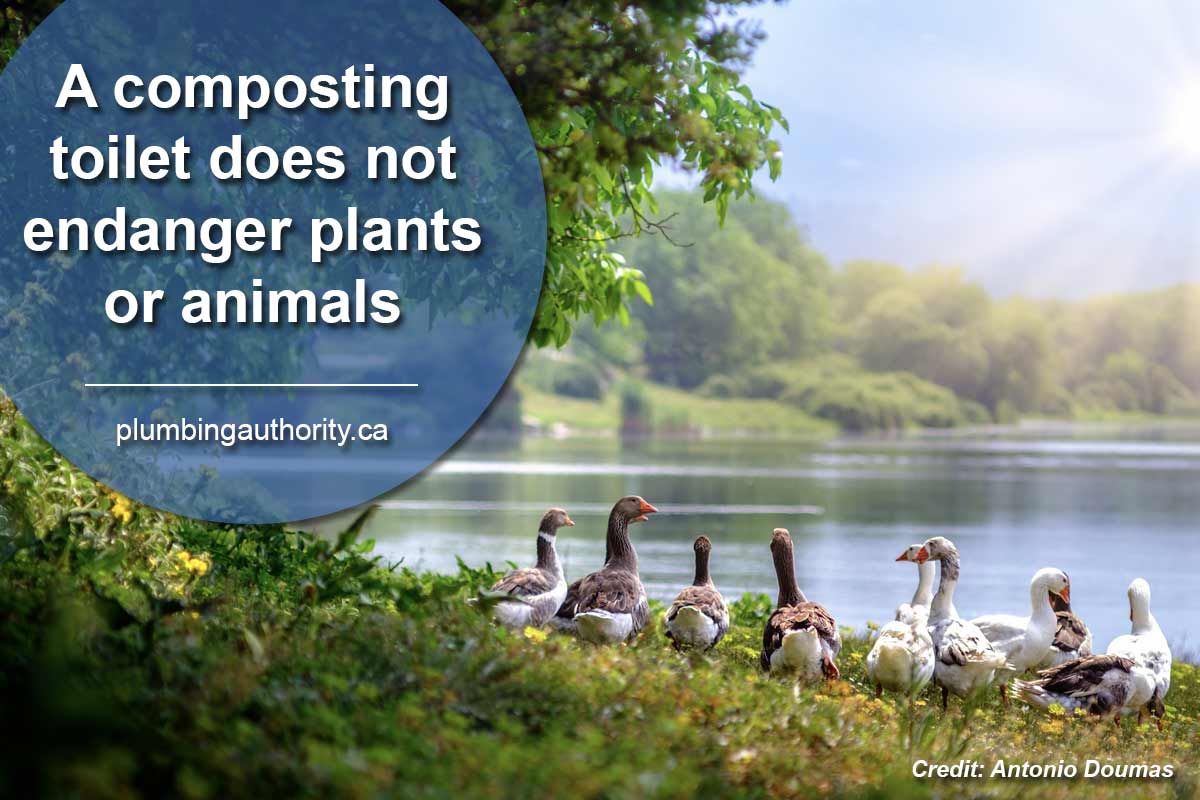
2. A Composting Toilet
While this system requires more maintenance than an outhouse, it provides a more comfortable, “homey” experience.
*Environmentally friendly – This system allows waste to break down naturally, without the use of toxic chemicals. At the end of the season, the waste matter can be used as fertilizer for non-edible plants, with no risk to the surrounding soil or water.
*Cost-efficient – A composting toilet can be installed by the owner, making it less expensive than a septic tank installation. Additionally, this system does not require water for flushing, which cuts down on water expenditures.
*Suitable for older cottages – Many traditional cottages do not have pressurized water, which rules out a septic system. Additionally, some properties cannot sustain a septic tank, particularly if the soil is very sandy.
While a composting toilet is an eco-friendly option, it does not guarantee an odour-free experience. Another potential downside is the need to empty the waste tank; emptying must be done with a shovel, sometimes more than once a season (depending on the frequency of use).
3. A Septic System
This system offers the ultimate comfort level, though it needs to be responsibly installed and maintained.
*No odour – A septic tank stores waste underground, virtually eliminating odour issues. This makes for a sanitary, hygienic experience.
*Durable – Because of the underground storage system, a septic tank is less vulnerable to damage from the elements.
*Higher capacity – While composting toilets need to be emptied regularly, a septic system can handle more volume. Cottage owners can choose a tank that suits their anticipated usage levels.
Recent regulations require that septic systems be professionally installed. While this adds to the initial cost, it also guarantees that environmental guidelines are followed, reducing the risks for all involved (including local wildlife). With an older cottage, remember that any pre-existing steel tanks will need to be replaced with newer models, particularly if they are older than 25 years old. Old steel tanks are susceptible to collapse, endangering soil and water quality.
A cottage trip is a unique opportunity to spend time with the people you love. By making sure your plumbing is in working order, you’ll avoid time-wasting mishaps down the road, letting you get back to the task of relaxing! To discuss how to prevent plumbing mishaps at the cottage, contact Plumbing Authority Inc. at (647) 992-PIPE (7473). Our experts in the Greater Toronto Area will walk you through simple preventative tactics, helping you enjoy a problem-free cottage trip this summer.




